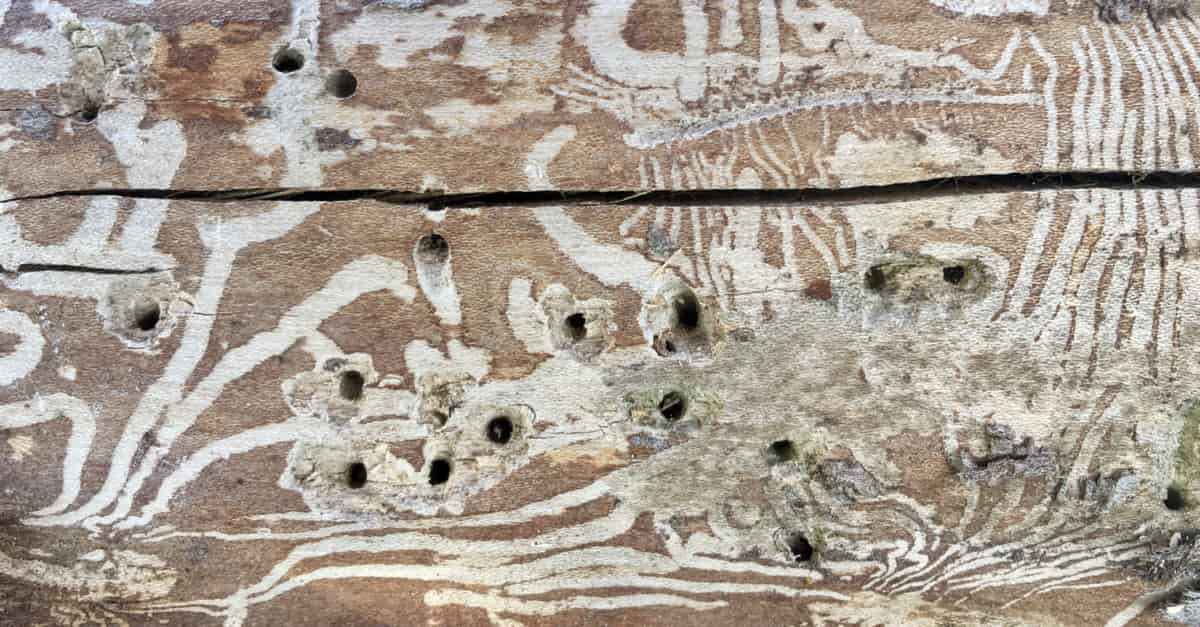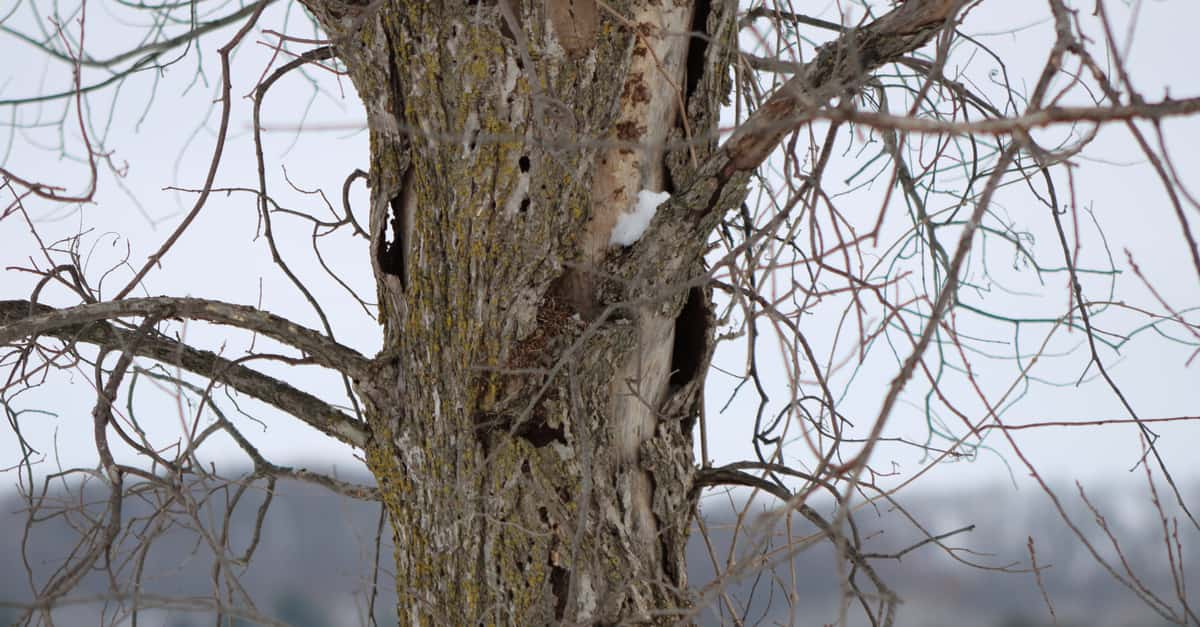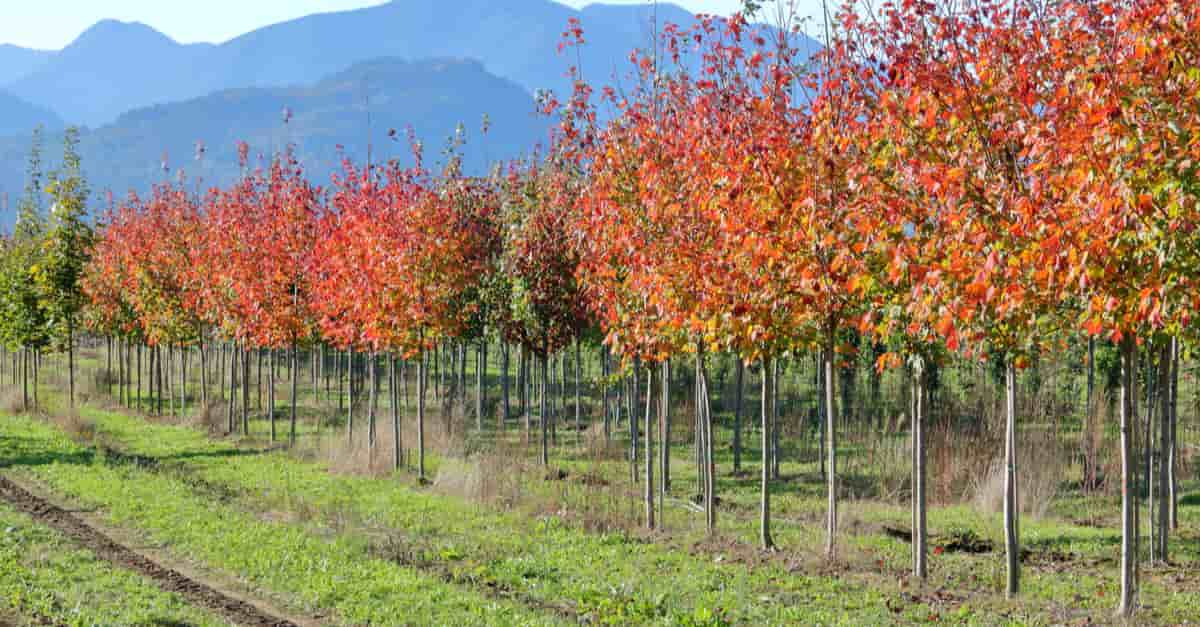The elm tree has been a fundamental part of forests across the world for millions of years, and yet in recent years, much of the elm population has been lost due to disease. In recent years, there has been lots of publicity in regards to the damage caused by Dutch elm disease (sometimes abbreviated to DED), and there have been huge efforts to conserve elms and cultivate disease-resistant varieties. DED is a particularly serious fungal condition that spreads quickly and extensively, killing elm trees as it goes. Let’s look more closely at this devastating tree disease.
What is Dutch Elm Disease?
The name of the disease comes from the fact that important early research took place in Holland, but the disease itself did not originate there. DED is a fungal infection that causes vascular wilt. Vascular wilt occurs when the fungus blocks the system of vessels throughout the tree used to transport water. When the tree responds to the fungal infection by trying to block the fungus, this actually contributes to the blockage within the vascular system. If no water or nutrition can be transported through the vascular system to parts of the tree, then those parts wilt and eventually die.
How Does DED Spread?

Ascomycete microfungi are responsible for Dutch elm disease. This fungal infection is spread from tree to tree by beetles that live in the bark of the tree. The native elm bark beetle, smaller European elm bark beetle, and the banded elm bark beetle move from tree to tree and can rapidly infect many trees in an area. The beetles live and breed in dead tree matter. The fungus thrives in this environment, and as new beetles hatch, they pick up the fungus and take it with them as they go in search of elm trees to feed on. The disease can also spread through the roots of trees, which can make the spread particularly hard to identify as this type of spread happens underground, passing from tree to tree unseen. In this way, a small number of beetles can cause devastation to a large number of elm trees.
Symptoms
The symptoms of Dutch elm disease usually appear during the growing season. The most common sign is that the leaves turn yellow, wilt, and become dry before dropping off the tree. This damage may look like the tree is being starved of water, such as might occur during a severe drought; the fungal infection and the trees’ response to it literally stop the foliage from receiving water and nutrients, so it dries up and dies. There are some other tell-tale signs of Dutch elm disease that may occur. Sometimes the new shoots curl up instead of growing; this can be referred to as ‘shepherd’s crook.’ If DED is suspected, removing some bark may reveal brownish streaks throughout the wood. A branch that is infected with DED may have a ring of brown inside the paler wood, indicating the fungal infection.
Prognosis for Infected Trees

Dutch elm disease is an extremely serious disease and almost always fatal. Because it is so difficult to treat, it is usually only trees that have special meaning for a community or special historic significance that people attempt to save. Once a tree has died due to DED, they are at risk of falling naturally, and so for safety, they are usually felled and destroyed. Large numbers of trees can be lost quite rapidly, and this has had a truly terrible impact on forested areas. The infecting beetles tend to prefer mature trees which are over 30 years old, so a lot of the trees that have been lost have been larger, established trees. Losing these trees can have a dramatic impact on the landscape and character of an area.
Preventing and Treating DED
Preventing Dutch elm disease is so difficult, expensive, and unreliable that most attempts to prevent it have proved unsuccessful and have largely been given up. Removing diseased wood through drastic pruning is sometimes an option, but it is likely that the rest of the tree will succumb to the fungal infection soon after if the fungus is present or populations of the beetles which spread the fungus are still in the area. Attempts were made to prevent the disease by killing the beetles that spread it in North America in the 1940s and 1950s. The use of pesticides resulted in devastation to the bird population as they ate the poisoned beetles. More recently, attempts have been made to trap the male beetles that spread the disease using a synthetic version of the hormone produced by female beetles, which attracts the males.
In recent years, antifungal medications have been developed which offer some protection against Dutch elm disease. These typically have to be injected into the tree, and usually, the treatment has to be repeated each year or couple of years. This is effective against infections caused by beetles but not always against cases of Dutch elm disease that have spread from tree to tree via the root system. Treating DED is largely seen as extremely impractical and unsuccessful. Research is ongoing into creating effective biological vaccines that stimulate an immune response, which has had some promising results.
The Future for the Elm

As an attempt to avoid the complete loss of the elm tree, horticulturalists have produced varieties of elm that have been bred to be more resistant to DED. Research is ongoing into how some varieties of elm appear to produce compounds that the infecting beetles dislike, and so they are rarely affected. There are widespread campaigns to raise awareness of the plight of the elm and to produce healthy cuttings of elms that can be used to restore the elm population.

